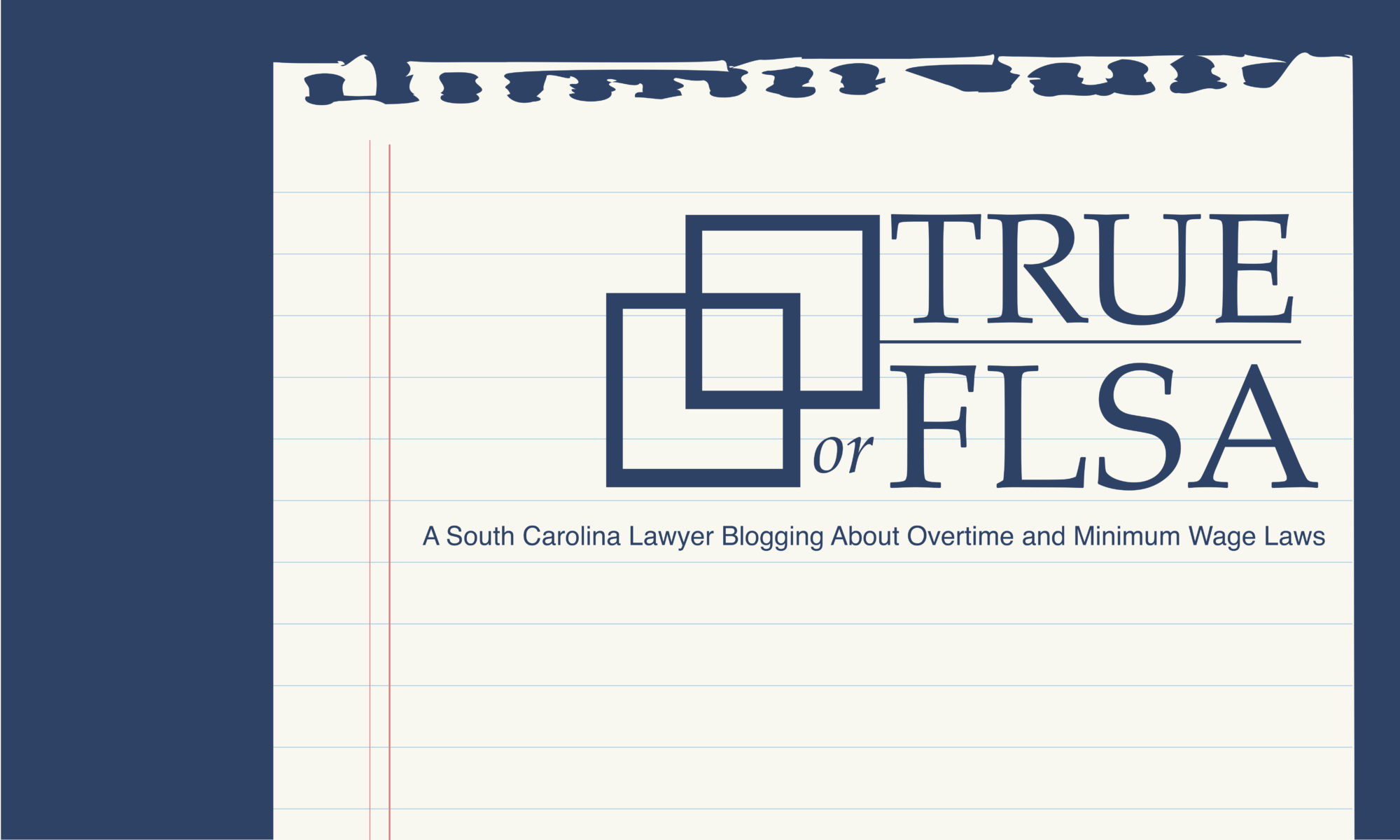The question of whether exotic dancers are employees or independent contractors of the strip clubs where the dancers are employed recently wound up in the lap of the Fourth Circuit Court of Appeals. (South Carolina employees fall under the Fourth Circuit’s juris–, uh, –diction and its interpretation of the FLSA.) Luckily, the court managed to keep its eyes focused up here and refused to dance around the issue or beat around the bush, choosing instead to nip this issue directly in the bud.
Are South Carolina Strippers employees or independent contractors?
For some employers, the answer may be polarizing. In McFeeley v. Jackson Street Entertainment, Dynasty McFeeley—clearly destined to be an exotic dancer—and others, sued two strip clubs in Maryland, alleging that the clubs had failed to pay them minimum wage, that the clubs had done so in bad faith, and that the dancers were entitled to liquidated damages (Double Damages) under the Fair Lass’s Supple Act (FLSA).
After stripping away all other issues in this case, the district (federal trial court) erected a firm set of standards, known as the “economic realities” test, to determine whether the dancers were employees or independent contractors. This test swings on whether the worker is “economically dependent on the business to which [s]he renders service or is, as a matter of economic [reality], in business for [her]self.”
What’s the Test for Employee versus Independent Contractor?
Application of the test turns on sex factors:
(1) the degree of control that the putative employer has over the manner in which the work is performed;
(2) the worker’s opportunities for profit or loss dependent on [her] managerial skill;
(3) the worker’s investment in equipment or material, or his employment of other workers;
(4) the degree of skill required for the work;
(5) the permanence of the working relationship; and
(6) the degree to which the services rendered are an integral part of the putative employer’s business.
The court determined that the strip clubs exercised sufficient control over the dancers by requiring the dancers to sign-in each day, setting the dancers schedules, establishing work policies, mandating how much could be charged by the dancers, maintaining exclusive control over the entire establishment and atmosphere, including lights, sound, and music, and insisting on calling all the dancers Chastity on Sundays to assuage any matters of conscience. Based on these factors and others, the court ultimately determined that these dancers were employees under the FLSA and were therefore entitled to unpaid wages.
What does that mean for South Carolina Strip Clubs?
The decision will likely send ripples throughout the circuit as companies ensure they’re in compliance with the FLSA. This is the breast possible outcome for these dancers and at the very least throws up a red light for employers attempting to misclassify their employees as independent contractors.

If you’re interested in the basis provisions of the FLSA, you can read more here. And, as always, if you have any specific questions, shoot me an email at Jsummerlin@hortonlawfirm.net.
